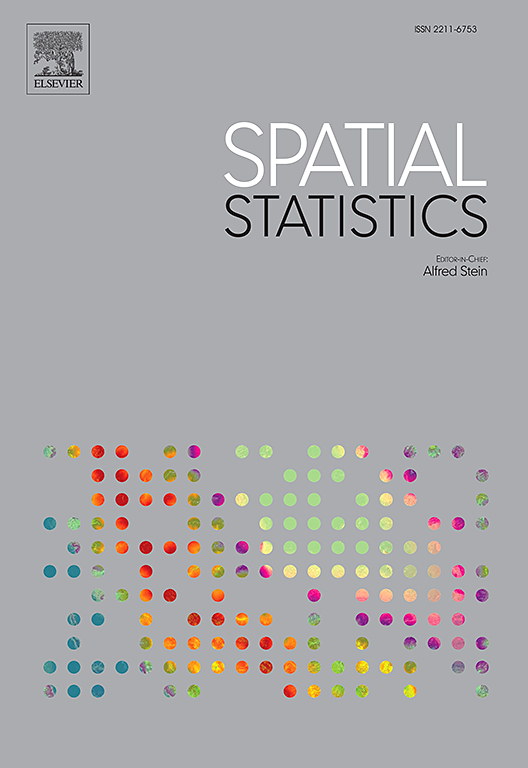采用两步采样策略提高污染热点预测精度并识别热点边界
IF 2.5
2区 数学
Q3 GEOSCIENCES, MULTIDISCIPLINARY
引用次数: 0
摘要
在经济上和环境上,有效的土壤修复取决于通过有效分配有限的土壤采样点来准确绘制污染物浓度和热点(浓度超过临界阈值的地区)的边界。本文介绍了一种新的两步采样位置选择方法,即加权逐步空间采样(WSSS)方法。WSSS方法是专门设计用于提供热点及其边界内污染物浓度的准确估计。第一步,选择分散的采样点进行广泛探索,第二步,在第一步采样数据的基础上,以数字土壤制图结果为指导,选择采样点,重点识别潜在热点。一项使用韩国总石油烃土壤数据的模拟研究表明,与其他采样地点选择方法相比,WSSS在识别热点边界和预测热点内污染物浓度方面具有更高的准确性和稳定性。这种性能是通过一个专门设计的目标函数来实现的,该目标函数旨在确保第二步中采样位置的选择对初始预测中的潜在不准确性或不确定性具有鲁棒性。本文章由计算机程序翻译,如有差异,请以英文原文为准。
A two-step sampling strategy to improve the prediction accuracy of contamination hotspots and identify hotspot boundaries
Efficient soil remediation, both economically and environmentally, depends on accurate mapping of contaminant concentrations and boundaries of hotspots (areas with concentrations exceeding a critical threshold) through an effective allocation of limited soil sampling sites. This paper introduces a novel two-step sampling location selection method, referred to as the weighted stepwise spatial sampling (WSSS) method. The WSSS method is specifically designed to provide accurate estimates of contaminant concentrations within hotspots and their boundaries. In the first step, dispersed sampling locations are selected for broad exploration, while in the second step, guided by the digital soil mapping results based on the first-step sampling data, sampling locations are selected to focus on identifying potential hotspots. A simulation study using total petroleum hydrocarbon soil data from South Korea demonstrates the superior accuracy and stability of the WSSS in identifying hotspot boundaries and predicting contaminant concentrations within hotspots, compared to other sampling location selection methods. This performance is achieved through an objective function specifically designed to ensure that the selection of sampling locations in the second step is robust to potential inaccuracies or uncertainties in the initial predictions.
求助全文
通过发布文献求助,成功后即可免费获取论文全文。
去求助
来源期刊

Spatial Statistics
GEOSCIENCES, MULTIDISCIPLINARY-MATHEMATICS, INTERDISCIPLINARY APPLICATIONS
CiteScore
4.00
自引率
21.70%
发文量
89
审稿时长
55 days
期刊介绍:
Spatial Statistics publishes articles on the theory and application of spatial and spatio-temporal statistics. It favours manuscripts that present theory generated by new applications, or in which new theory is applied to an important practical case. A purely theoretical study will only rarely be accepted. Pure case studies without methodological development are not acceptable for publication.
Spatial statistics concerns the quantitative analysis of spatial and spatio-temporal data, including their statistical dependencies, accuracy and uncertainties. Methodology for spatial statistics is typically found in probability theory, stochastic modelling and mathematical statistics as well as in information science. Spatial statistics is used in mapping, assessing spatial data quality, sampling design optimisation, modelling of dependence structures, and drawing of valid inference from a limited set of spatio-temporal data.
 求助内容:
求助内容: 应助结果提醒方式:
应助结果提醒方式:


